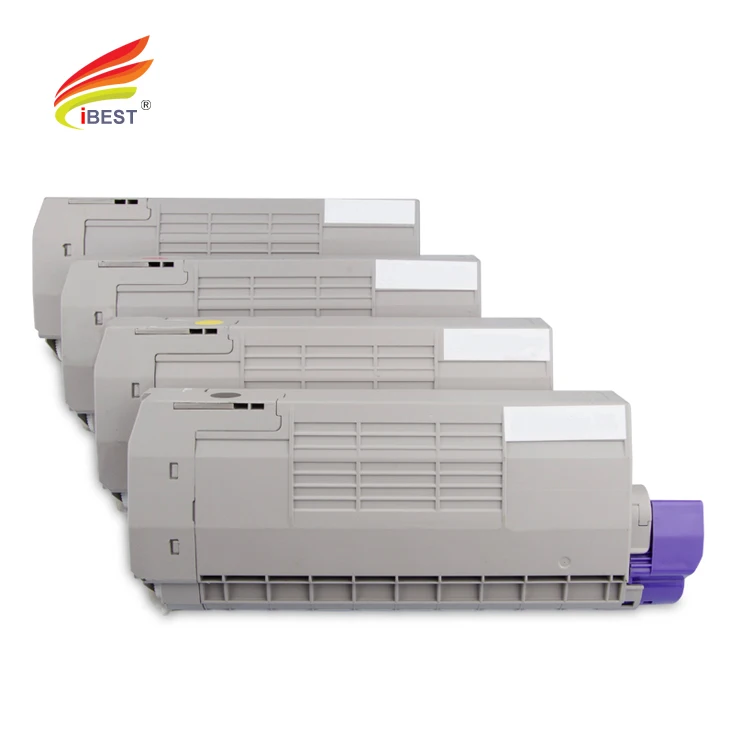
Pink lines show major tectonic plate boundaries: NAM, North America plate PAC, Pacific plate EUR, Eurasia plate PHS, Philippine Sea plate. Pink shading, rupture area of the 2011 Tohoku-Oki earthquake red star, 2011 hypocentre open blue circle, JFAST borehole site. ( a) Tectonic setting and location of Japan Trench Fast Drilling Project (JFAST) 10.

Natural fault zones containing weak materials in the Japan Trench and Shimanto accretionary complex. Thus, both graphite-bearing and smectite-bearing slip zones may play important roles during both subduction and inland earthquakes.

In contrast, the surrounding host rocks showed a maze-like TEM pattern and no graphite XRD peak (Fig. The carbonaceous material was confirmed to be graphite by the presence of clear graphite lattice fringes under transmission electron microscopy (TEM) and a sharp X-ray diffraction (XRD) peak representing the graphite (002) plane at 25.1° 2θ (3.548 Å) (Fig. The slip layer there is about 100 µm thick 20 and is composed of carbonaceous material, as indicated by the presence of graphitic and disordered bands in Raman spectra (Fig. Although graphite-bearing slip zones have been observed previously only in inland faults (e.g., the Longmenshan fault, China 19), we discovered a graphite-bearing slip layer within a fossil subduction-boundary megathrust in the Shimanto accretionary complex, Japan (Fig. To investigate a smectite-bearing slip zone we numerically modelled a plate-boundary thrust in the Japan Trench (ca. In this study, we investigated the role of weak materials (represented by smectite and graphite) in earthquake rupture dynamics. Despite numerous studies during recent decades on the effect of weak materials on earthquake mechanisms, it is still not well understood. However, recent friction experiments simulating subduction driving rates of centimetres per year revealed unstable slip behaviour in clayey faults that would favour earthquake rupture 17.

The lack of seismicity and fault rupture along the shallow parts of plate subduction boundaries (shallower than 5–15 km) has been attributed to the presence there of subducting clayey sediments 15, 16. However, there is evidence that clay minerals cannot accumulate sufficient elastic strain/stress to cause such a large fault slip 13 and that their presence also stabilizes the slip 3, 14. The exceptionally large fault slip near the axis of the Japan Trench (50–80 m) during the 2011 Tohoku-Oki earthquake 8, 9 has been attributed to the presence of low-friction smectite 10, 11, 12. Because weak materials such as phyllosilicates and graphite have low frictional resistance 3, 4, their presence is thought to weaken faults in the brittle regime 5, 6, 7 and to account for fault creep such as that observed along the San Andreas Fault in California 6, 7. Our knowledge of the frictional strength of faults, which is the predominant control of rupture dynamics and earthquake magnitude, has benefited from almost half a century of laboratory experiments on rocks 1, 2. We used similar rupture simulations to investigate the cause of the huge slip near the trench during the 2011 Tohoku-Oki earthquake and demonstrated that it can be attributed to thermal pressurization, although our findings suggest that the presence of smectite in the plate-boundary fault may also be required. Even when we assumed no thermal pressurization, simulated faults in both media were able to trigger large slip because their extremely low friction was insufficient to arrest the inertial motion of rupture propagating along the fault. To investigate the role of weak materials in earthquake rupture dynamics, we conducted friction experiments and dynamic rupture simulations using pure smectite and pure graphite to represent weak fault materials. However, whether intrinsic weakness of fault material or thermal pressurization more efficiently produces large slip on faults bearing weak materials has not been determined. It is well known that if the permeability of a weak fault is low enough to allow friction-induced thermal pressurization of interstitial fluid, the fault strength decreases dramatically. However, weak fault rocks cannot accumulate large amounts of elastic strain, which is thought to counter their ability to enhance seismic rupture. For instance, the exceptionally large slip during the 2011 Tohoku-Oki earthquake has been attributed to the presence of smectite in the fault zone.

Weak materials in seismic slip zones are important in studies of earthquake mechanics.


 0 kommentar(er)
0 kommentar(er)
